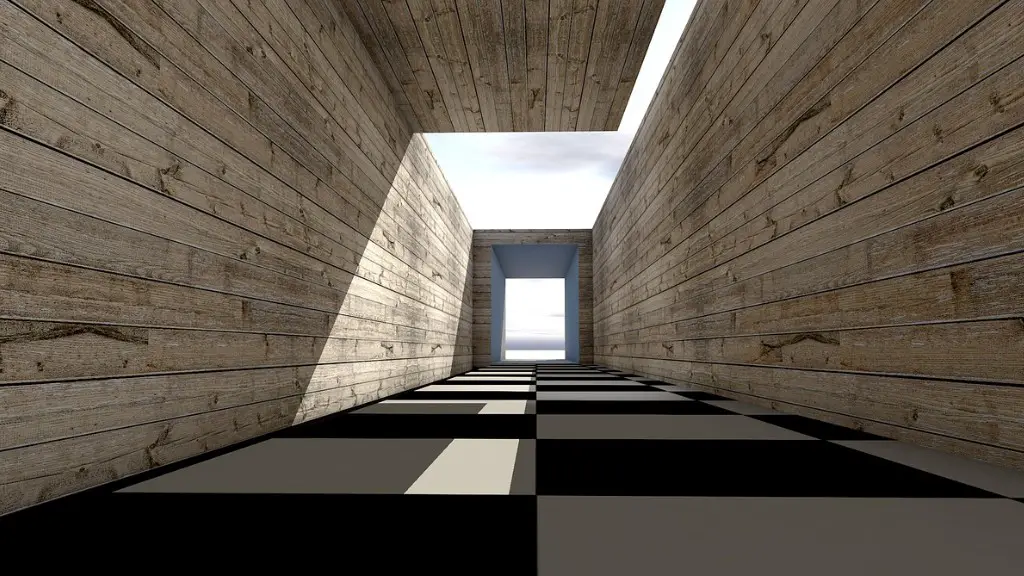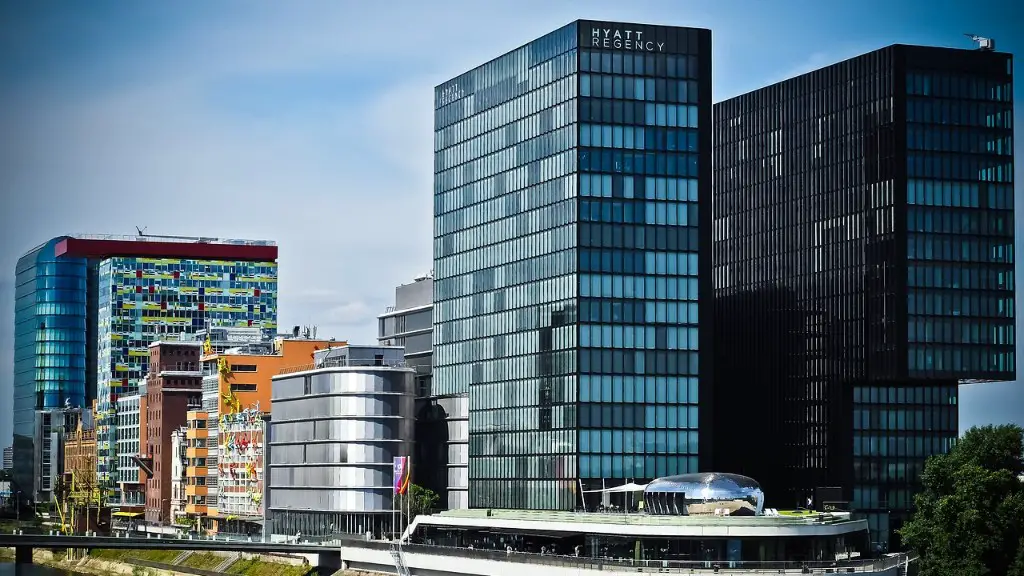The Overview of What It Means To Design A Landscape
Landscape design refers to the process of creating an outdoor environment that is both aesthetically pleasing and functional. In other words, it’s about manipulating nature to produce outdoor spaces that look and feel good, as well as having practical purposes. This process involves studying the land’s natural features and assessing the potential impact of human activities on the environment. By blending art, science, and technology, landscape designers are able to use the natural elements, plants, and materials available to create effective and aesthetically pleasing outdoor spaces.
The Difference Between Landscape Architecture and Design
While the two terms can often be used interchangeably, there are significant distinctions between landscape architecture and design that set them apart. Individuals who practice landscape architecture are responsible for managing entire projects, while those who practice landscape design focus on the creative side, such as designing outdoor living spaces, selecting plants, and incorporating other visual elements. Landscape architecture is a professional field and individuals must complete specific requirements such as obtaining a degree to become a certified landscape architect. Landscape design is a more informal and creative approach to outdoor construction and is often completed by individuals with experience in landscape, horticulture and design.
Landscape Architecture
Landscape architecture involves the design of both public and private outdoor spaces. It is a process that takes into consideration both environmental and aesthetic factors of a given space. Landscape architects are responsible for interpreting diagrams and plans and documenting technical specifications, such as grading and drainage. They also assess the impact of their proposed plans on the environment, whether it is natural or man-made. Further, they design detailed plans and provide suggestions on how to maintain the space in the future.
Landscape Design
Landscape design, on the other hand, is a creative process that focuses primarily on aesthetics, such as the choice of plants and colors, the use of space and the placement of objects in the environment. Landscape designers are responsible for the visual side of spaces and are often involved in the selection of furnishings and the visualization of the layout. They are also responsible for creating a finished product that is both aesthetically pleasing and environmentally friendly.
Pros and Cons of Hiring Landscape Architects and Designers
The differences between landscape architecture and design also affect the pros and cons of hiring a professional for each role. Since landscape architecture is a more formal process that requires technical expertise, it is often more expensive and takes more time to complete. However, the end results are usually well worth the cost and time invested, as the process is more thorough and the plans will typically have a greater impact on the overall landscape. Hiring a landscape designer, on the other hand, is often more cost-effective, although the end product may not be as long-lasting since it focuses more on aesthetics than on technological solutions.
Creating An Outdoor Space That is Aesthetically Pleasing and Functional
When deciding whether to hire a landscape architect or a landscape designer, one must evaluate the needs and budget of the project. When a project requires detailed technical modifications and complex solutions to environmental issues, it may be best to hire a landscape architect. However, for projects that focus primarily on creating an aesthetically pleasing environment, a landscape designer may be a better choice. Ultimately, both types of professionals are necessary to create an outdoor space that is aesthetically pleasing and functional.
Choosing The Right Planner For The Job
The most important factor in working with a planner is determining the exact level of expertise necessary for the job. An experienced landscape architect will be able to understand and navigate the complexities of a project, create detailed plans and offer technical advice, while also designing a functional and aesthetically pleasing outdoor space. A knowledgeable landscape designer will be able to create a unique and beautiful outdoor environment, using a variety of design elements. Before hiring a landscape planner, it is important to consider the project’s individual requirements and research a variety of professionals to find the best-suited candidate.
Implementing The Design
Once the landscape planner has been chosen, the next step involves implementing the design. For a complex project, it is often best to involve a team of experts, such as architects, designers, and horticulturists, to ensure that all aspects of the project are taken into consideration. The implementation process involves a detailed plan and budgeting, as well as selecting appropriate materials and planting the landscape. The landscape planner will typically remain involved throughout the implementation process, overseeing the project and ensuring that the design is executed in a timely and effective manner.
Maintenance of Landscaped Areas
Once the landscape has been implemented, it is important to maintain the area. This includes monitoring the environment, removing debris and weeds, pruning plants and shrubs, and replacing or replenishing plants as they die or become overgrown. For large areas, it is best to hire a landscaping company to help with maintenance. In addition, it is important to consider ways to conserve energy and water and to employ sustainable landscaping practices, such as using native and drought-tolerant plants and using mulch and compost to keep soil healthy.
Balancing Functionality and Aesthetics
The goal of landscape design and architecture is to create an outdoor space that balances both function and aesthetics. It is important to consider the type of environment that is desired, and the role that a landscape designer or architect can play in achieving this goal. By understanding the distinctions between landscape architecture and design, and by working with the right professional for the job, it is possible to create a beautiful, functional, and sustainable outdoor space.


